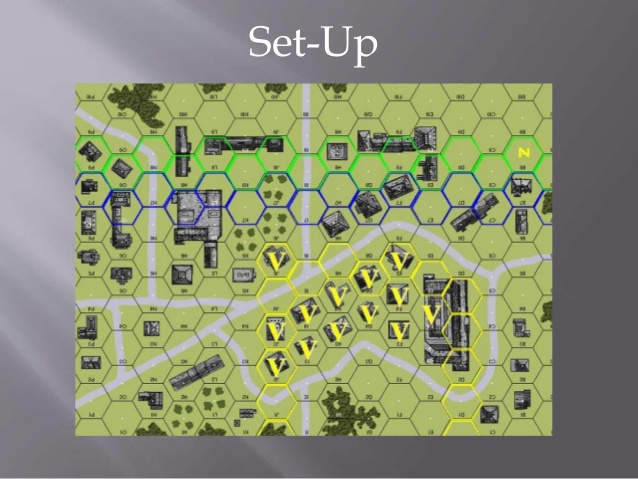
/pic4088618.jpg)


And they need some quantification to be credible-but the numbers must flow from the stories, rather than the other way around. They must also be relevant, not simply disruptive and challenging. They create a safe space for dialogue and for acknowledging uncertainty. They must above all be plausible, with a logical story line, in order to encourage intuition and judgment. They identify several principles that both define the process at Shell and help explain how it has survived and thrived for so long.įor instance, Shell scenarios are stories, not predictions, and are designed to help break the habit, ingrained in most corporate planning, of assuming that the future will look much like the present. The authors interviewed almost every living veteran of the Shell scenario planning operation, along with top Shell executives through the years. Shell’s practice has now survived for almost half a century and has had a huge influence on how businesses, governments, and other organizations think about and plan for the future. In 1965, a time when quantitative, computer-driven planning was very much in vogue, Royal Dutch Shell started experimenting with a different way of looking into the future: scenario planning.


 0 kommentar(er)
0 kommentar(er)
